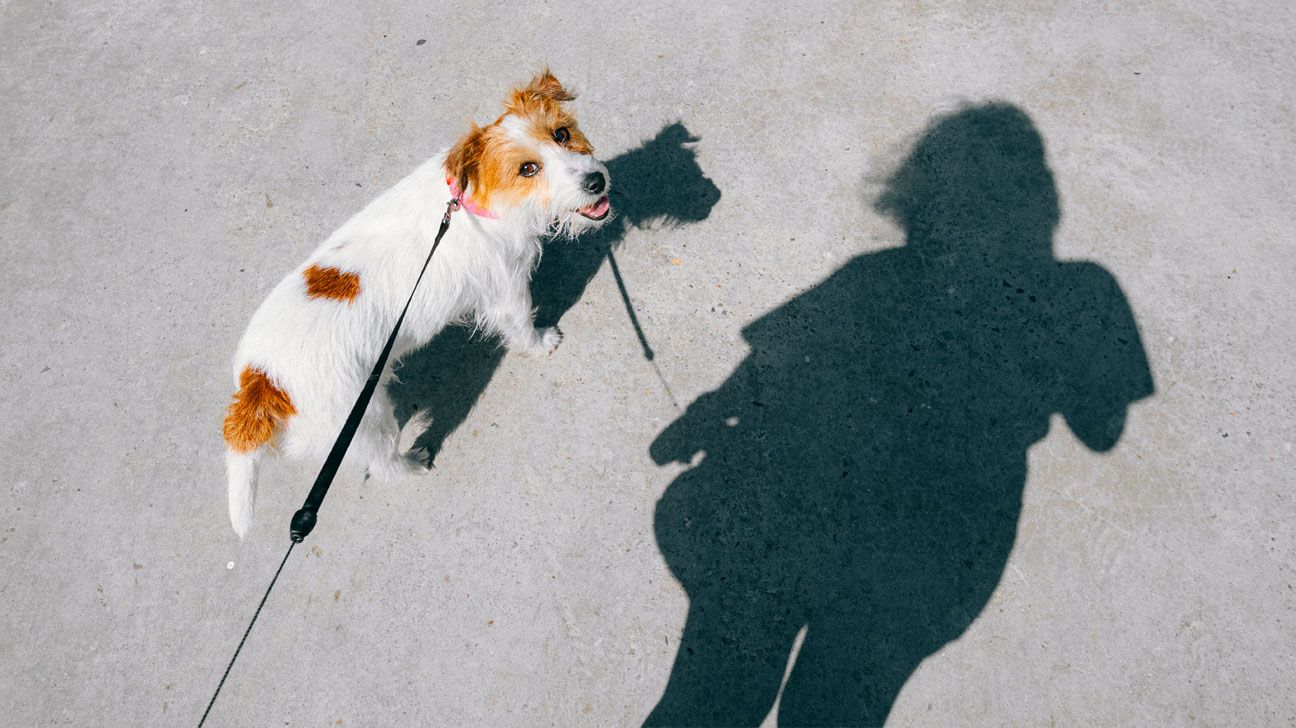
Fart Walking: Using Post-Meal Strolls to Improve Digestion and Control Blood Sugar
Tired of feeling bloated after meals? A new TikTok trend called "fart walking" might be the answer. It's not as silly as it sounds; this simple practice involves taking a short walk after eating to promote better digestion and potentially reduce blood sugar spikes. Let's explore the science (and humor) behind this viral sensation.

What is Fart Walking and Why is it Trending?
Fart walking, popularized by Canadian cookbook author Mairlyn Smith, suggests that a post-meal stroll can aid digestion and even lower the risk of type 2 diabetes, especially in older adults. The method is simple: walk briefly after eating to stimulate your bowels and release gas.
Why the buzz?
- Catchy Name: It's memorable and funny.
- Potential Health Benefits: It may genuinely support your health.
- Accessibility: It's free and requires minimal effort.
The Science Behind the Stroll: How Walking Aids Digestion
While "fart walking" may sound like a gimmick, experts agree that light movement after meals can significantly benefit digestive health.
- Stimulates Peristalsis: Walking encourages peristalsis, the rhythmic muscle contractions that move gas and solids through your digestive tract. Registered Dietitian Alyssa Simpson emphasizes, "Better out than in, and if walking helps you get there faster, it’s worth the stroll.”
- Boosts Gastric Motility: Gentle movement, like walking or yoga, can improve gastric motility, the process of moving food from your stomach to your intestines. This can be particularly helpful for individuals with Irritable Bowel Syndrome (IBS), easing symptoms like constipation and bloating, according to UK-based Registered Dietitian Maddie Gallivan.
- Enhances Blood Flow: Gastroenterologist Dr. Kenneth Brown explains that walking increases blood flow to digestive organs, stimulates digestive tract muscles, and reduces stress, leading to more efficient digestion.
Heartburn Relief? How Walking Can Reduce Acid Reflux
For some, a post-meal walk can minimize heartburn discomfort. Walking facilitates stomach emptying, reducing the time acid spends in the stomach and lessening the chance of reflux into the esophagus, explains Dr. David D. Clarke. However, he cautions that individuals with poor sphincter muscle tone might experience increased reflux with stimulated stomach contractions.
Blood Sugar Control: Managing Glucose Spikes with a Post-Meal Walk
Walking after eating helps manage blood sugar spikes. When you consume digestible carbs, your body breaks them down into glucose which enters the bloodstream. Walking utilizes large muscles, like those in your legs and glutes, which absorb glucose from the blood, naturally lowering blood sugar levels.

- Prevents Sharp Rises: “There’s no denying that even just a short walk after a meal can help prevent sharp rises in blood sugar,” says Gallivan, emphasizing its effectiveness in supporting metabolic health.
- Reduces Insulin Needs: As glucose moves into muscles during a walk, the need for insulin secretion by the pancreas decreases, as noted by Clarke.
- Weight Management: Walking burns calories, potentially reducing the risk of developing diabetes in the future. A study even showed the benefits of a 30-minute post-meal walk in curbing blood sugar spikes.
- Gut-Brain Connection: Walking outdoors provides the bonus of improving your overall well-being and calming your nervous system, further supporting the gut-brain connection.
Getting Started: Tips for Incorporating Fart Walking into Your Routine
Ready to give it a try? Experts recommend keeping it simple.
- Start Small: A 10-15 minute walk at a comfortable pace can make a difference.
- Time it Right: Aim for a light walk of 4-5 minutes within 60-90 minutes after a larger meal.
- Be Consistent: Incorporate 30-60 minutes of moderate-paced walking on most days for sustained benefits.
- Listen to Your Body: Start slowly if you're experiencing gas pain, and choose less crowded areas to avoid embarrassment.
Precautions to Consider Before You Start
While generally safe, keep these points in mind:
- Initial Discomfort: Walking may initially feel uncomfortable if you have a lot of gas. Start slowly and listen to your body’s cues.
- Underlying Health Issues: Frequent gas and bloating might indicate a more serious condition like IBS, SIBO, or food intolerance. Consult your doctor if this occurs often.
- Privacy: If you're concerned about passing gas in public, choose a quiet or less crowded walking route.
Ultimately, fart walking offers a simple, accessible way to support digestive health and manage blood sugar. So, embrace the trend, enjoy a post-meal stroll, and let your body (and your digestive system) do its thing.